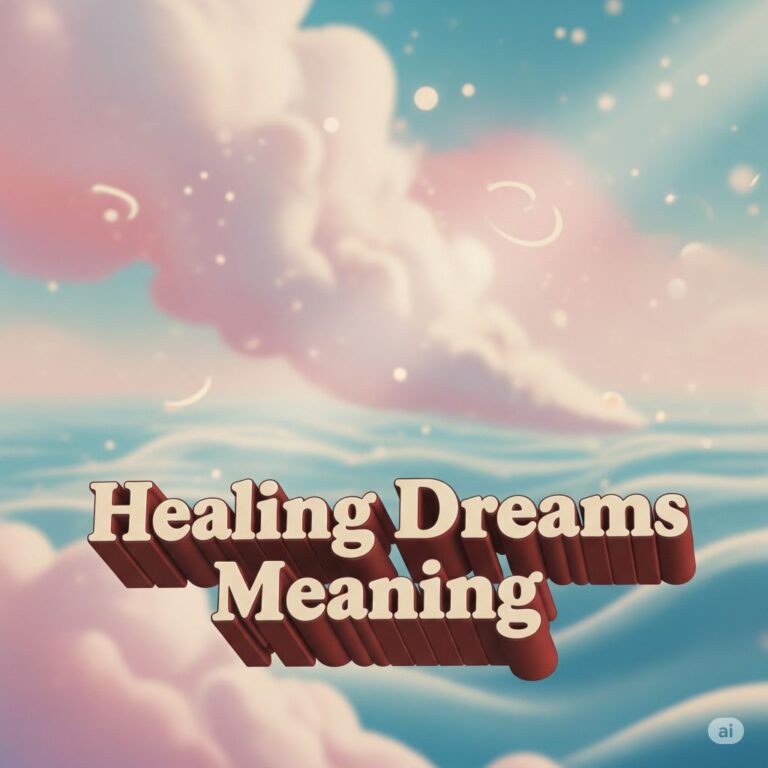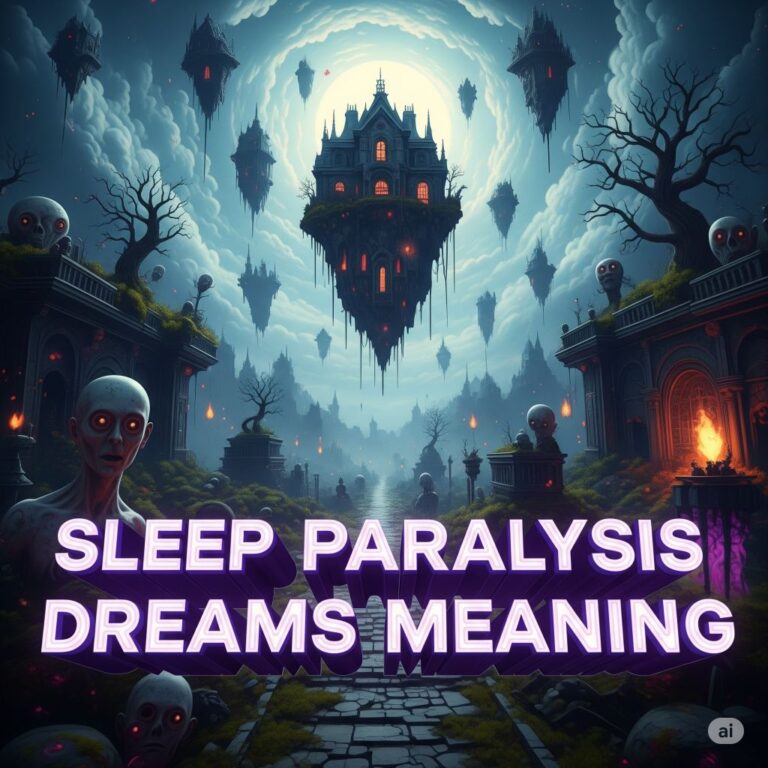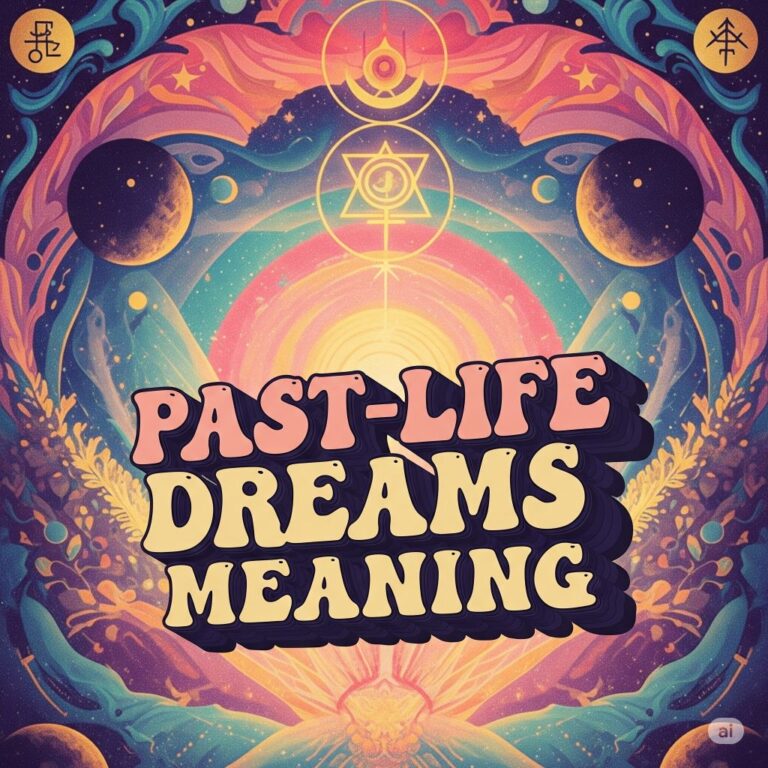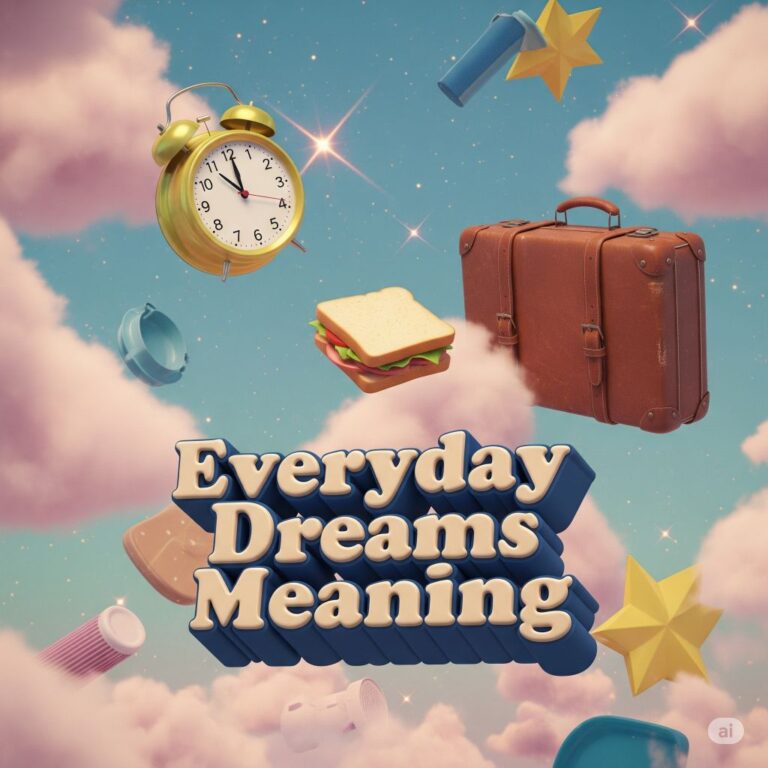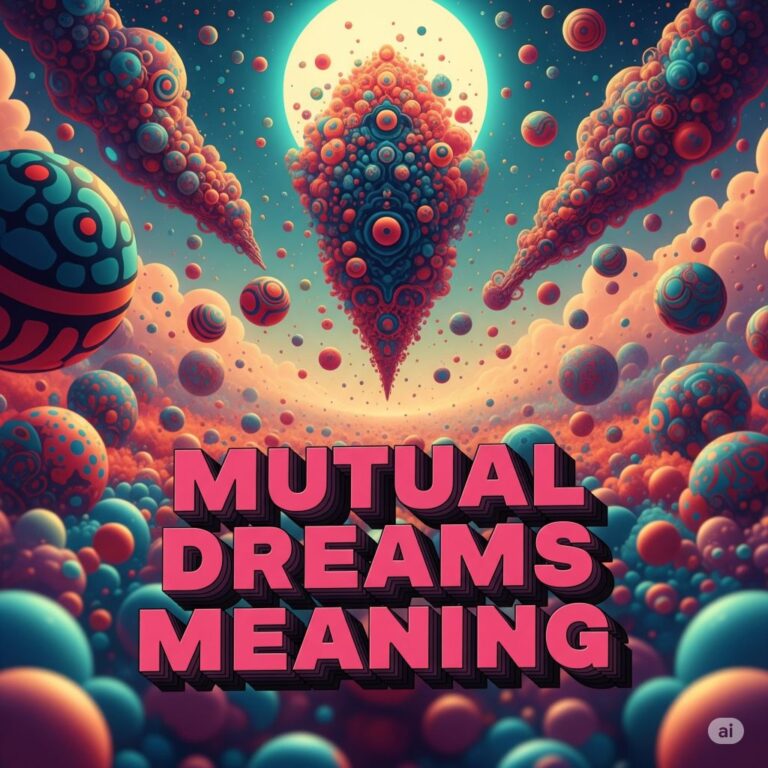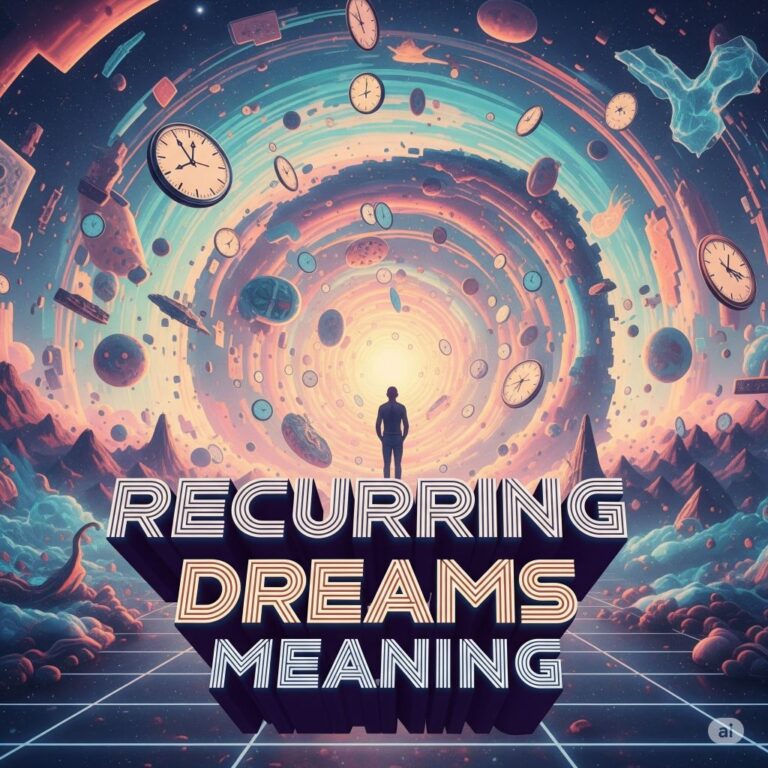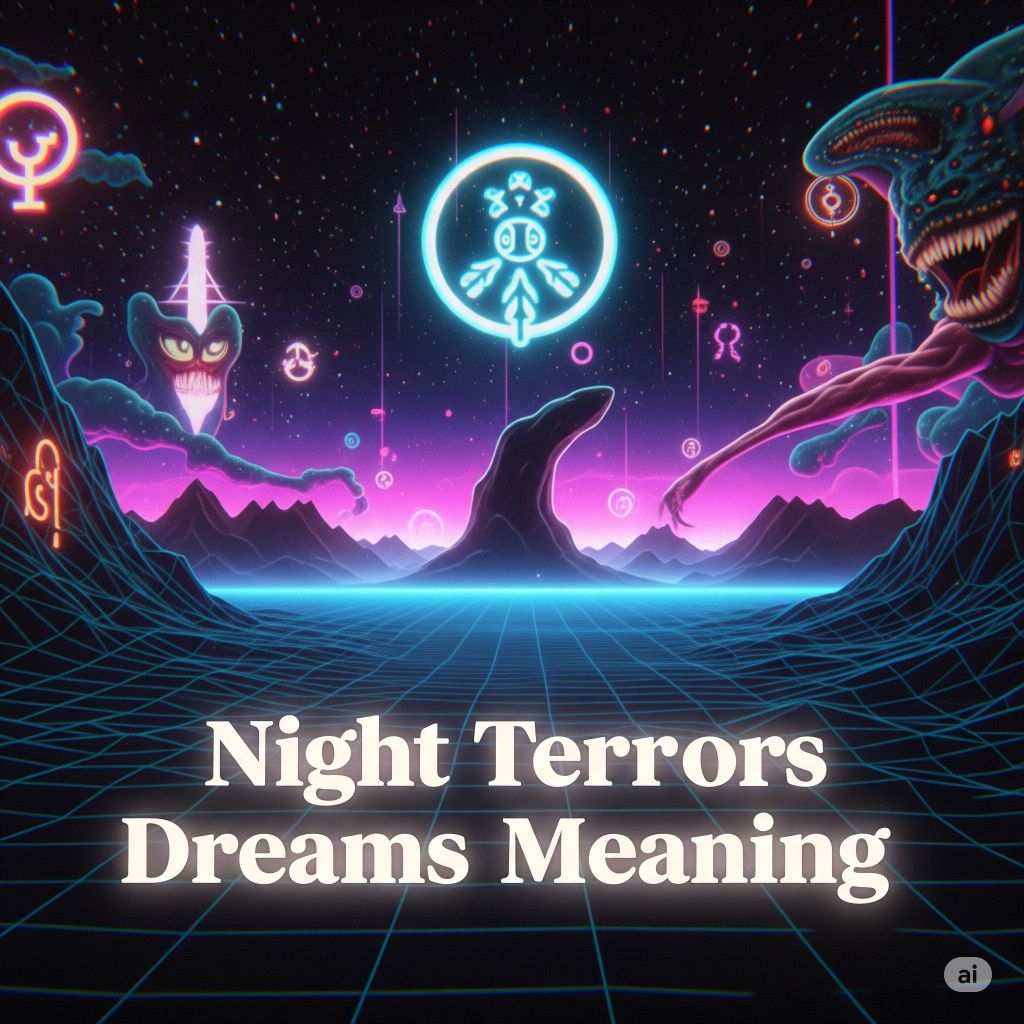
Night terrors, also known as sleep terrors, are a type of parasomnia characterized by episodes of screaming, intense fear, and flailing while still asleep. Unlike nightmares, which are dreams occurring during REM (Rapid Eye Movement) sleep and often remembered upon waking, night terrors occur during non-REM (NREM) sleep and are typically not remembered by the individual, especially children. These episodes can be extremely distressing for onlookers, though the person experiencing the terror is not consciously aware of it.
This article explores the nature of night terrors, their common causes, symptoms, how they differ from nightmares, and effective management strategies for both children and adults.
What Are Night Terrors?
Night terrors are sleep disturbances that primarily affect children, though they can occur in adults as well. An episode typically begins with a sudden arousal from deep sleep (Stage 3 NREM sleep), marked by:
- Sudden Screaming or Crying: Often loud and piercing.
- Intense Fear: Manifested by wide eyes, rapid breathing, racing heart, sweating, and flushed skin.
- Physical Activity: Thrashing, flailing, sitting up, or even sleepwalking.
- Unresponsiveness: The individual is very difficult to awaken or comfort, and may push away attempts to soothe them.
- Amnesia: Upon waking the next morning, the person usually has no memory of the episode or any accompanying dream content.
Episodes can last from a few seconds to several minutes, and in rare cases, up to 30 minutes.
Night Terrors vs. Nightmares: Key Differences
It’s crucial to distinguish night terrors from nightmares, as their causes, sleep stages, and management differ significantly.
Table 1: Night Terrors vs. Nightmares
| Feature | Night Terrors | Nightmares |
|---|---|---|
| Sleep Stage | NREM (Non-REM) sleep, typically Stage 3 (deep sleep) | REM (Rapid Eye Movement) sleep |
| Time of Night | Usually in the first third of the night (1-3 hours after falling asleep) | Often in the latter half of the night (early morning) |
| Arousal Level | Partial arousal, difficult to awaken | Full awakening, relatively easy to comfort |
| Memory of Event | Usually none | Vividly remembered, often with detailed narrative |
| Emotional State | Extreme physical terror, panic, disorientation | Fear, sadness, anxiety from dream content |
| Physical Manifestations | Thrashing, screaming, sweating, rapid heart rate, sitting up | Limited physical movement (body is usually paralyzed during REM) |
| Comfort | Extremely difficult to comfort, unresponsive | Easily comforted once awake, can discuss dream |
Causes and Risk Factors
Night terrors are generally thought to be caused by an over-arousal of the central nervous system during sleep. Several factors can increase the likelihood of night terrors:
In Children:
- Immaturity of the Central Nervous System: The most common reason. A child’s brain is still developing its sleep-wake cycles, making them more prone to disruptions.
- Sleep Deprivation: Not getting enough sleep is a primary trigger.
- Irregular Sleep Schedule: Inconsistent bedtimes and wake times.
- Stress or Anxiety: Major life changes, emotional distress, or excitement.
- Fever or Illness: Physical discomfort can disrupt sleep.
- Medications: Certain drugs that affect the central nervous system.
- Genetics: A family history of night terrors or sleepwalking increases risk.
- Obstructive Sleep Apnea (OSA): If breathing is momentarily stopped during sleep, it can trigger arousal and a terror episode.
In Adults:
While less common, night terrors in adults can be more severe and may indicate underlying issues.
- Extreme Stress or Trauma: PTSD, significant life stressors, or anxiety disorders.
- Sleep Deprivation and Fatigue: Chronic lack of sleep.
- Alcohol or Drug Use: Especially withdrawal from depressants.
- Certain Medications: Antidepressants, stimulants.
- Other Sleep Disorders: Restless legs syndrome, sleep apnea.
- Neurological Conditions: Though rare, they can sometimes be associated with conditions affecting the brain.
Diagnosis
Diagnosis is typically based on the description of the episodes by a parent or partner. A doctor may ask about the frequency, duration, and nature of the events. In complex or severe cases, a polysomnogram (sleep study) might be recommended to rule out other sleep disorders like sleep apnea, especially in adults.
Management and Treatment
For most children, night terrors are a self-limiting condition that resolves as their central nervous system matures. Treatment often focuses on prevention and safety.
For Children:
- Prioritize Sleep Hygiene:
- Consistent Sleep Schedule: Establish regular bedtimes and wake times, even on weekends.
- Adequate Sleep: Ensure the child gets enough sleep for their age.
- Relaxing Bedtime Routine: A warm bath, reading a book, quiet playtime before bed.
- Address Stress: Identify and reduce sources of stress or anxiety in the child’s life.
- “Scheduled Awakenings”: If night terrors occur at a predictable time, gently wake the child 15-30 minutes before the usual onset time for a few nights. This often breaks the pattern.
- Safety First: Ensure the child’s sleeping environment is safe (e.g., lock windows, remove sharp objects if sleepwalking is a risk).
- Don’t Try to Wake Them: It’s often best not to try to wake the child during an episode, as it can prolong the terror or make them more agitated. Simply ensure their safety until the episode passes.
- Reassurance: Comfort them gently if they fully wake up afterward, but usually they just return to sleep.
For Adults:
Management in adults often requires a more thorough investigation for underlying causes.
- Address Underlying Conditions: Treat stress, anxiety, PTSD, or other sleep disorders like sleep apnea.
- Improve Sleep Hygiene: Similar to children, consistent schedules, adequate sleep, and a relaxing routine are crucial.
- Avoid Triggers: Limit alcohol, caffeine, and certain medications, especially before bed.
- Therapy: Cognitive Behavioral Therapy for Insomnia (CBT-I) or other forms of therapy can be helpful for stress and anxiety.
- Medication: In severe or persistent cases, a doctor might prescribe short-term medications (e.g., benzodiazepines), but this is usually a last resort due to potential side effects.
Prognosis
For most children, night terrors are a temporary phase that fades with age, usually by the teenage years. In adults, prognosis depends on identifying and managing the underlying cause. While disturbing to witness, night terrors are generally not a cause for long-term concern, but rather a vivid manifestation of the complex processes of the sleeping brain.
Conclusion
Night terrors are a fascinating yet unsettling sleep phenomenon that highlights the intricate workings of the human brain during sleep. Distinct from nightmares, they involve partial arousal from deep NREM sleep, resulting in dramatic displays of fear and agitation without conscious memory. Understanding their causes—ranging from neurological immaturity in children to stress and underlying disorders in adults—is key to effective management. By prioritizing good sleep hygiene, addressing stress, and ensuring a safe sleep environment, individuals and their families can navigate these episodes and promote healthier, more peaceful nights.

